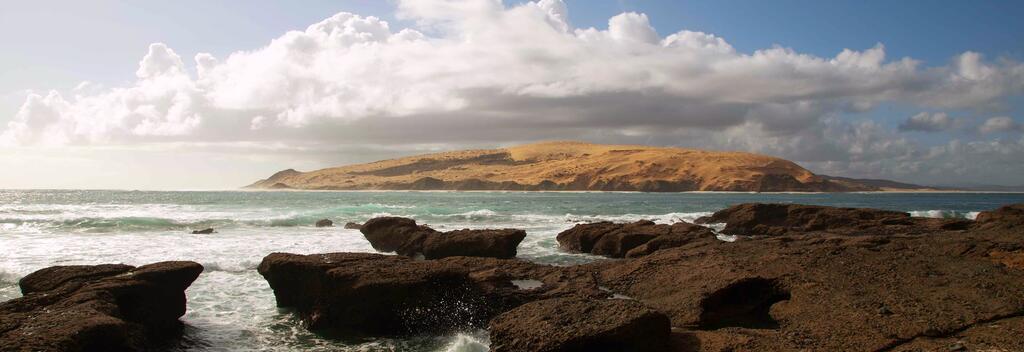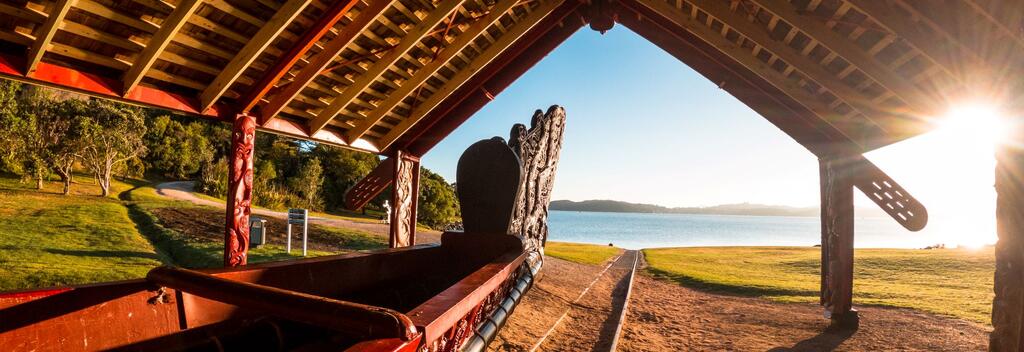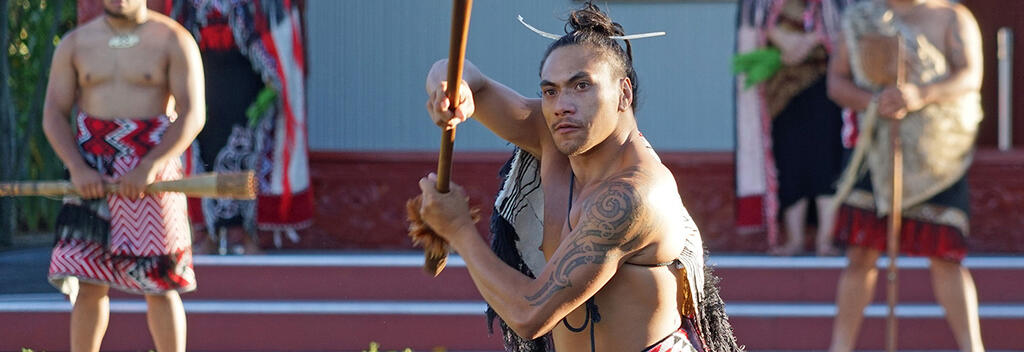-
Popular places to visit
Popular things to do
Helpful tips
Here's a few useful links to help with planning your trip to Aotearoa New Zealand.
-


Māori were the first inhabitants of Aotearoa, New Zealand, guided by Kupe, the great navigator.

According to the people of Ngāpuhi (tribe of the Far North), the first explorer to reach New Zealand was the intrepid ancestor, Kupe. Using the stars and ocean currents as his navigational guides, he ventured across the Pacific on his waka hourua (voyaging canoe) from his ancestral Polynesian homeland of Hawaiki. It is said that Kupe made landfall at the Hokianga Harbour in Northland, around 1000 years ago.
You will not find Hawaiki on a map, but it is believed Māori came from an island or group of islands in Polynesia in the South Pacific Ocean. There are distinct similarities between the Māori language and culture and others of Polynesia including the Cook Islands, Hawaii, and Tahiti.

More waka hourua followed Kupe over the next few hundred years, landing in various parts of New Zealand. Polynesian migration was planned and deliberate, with many waka hourua making return journeys to Hawaiki. Today, Māori are part of an iwi (tribes), a group of people who are descendants of a common ancestor and associated with a certain region or area in New Zealand. Each iwi has their own hapū (sub-tribes). Iwi can trace their entire origins and whakapapa (genealogy) back to certain waka hourua. The seven waka hourua that arrived to Aotearoa were Tainui, Te Arawa, Mātaatua, Kurahaupō, Tokomaru, Aotea and Tākitimu.

Māori were expert hunters, gatherers and growers. They wove fishing nets from harakeke (flax), and carved fishhooks from bone and stone. They hunted native birds, including moa, the world’s largest bird, with a range of ingenious traps and snares.
Māori cultivated land and introduced vegetables from Polynesia, including the kūmara (sweet potato) and often cooked hāngi (an earth oven). They also ate native vegetables, roots and berries. Woven baskets were used to carry food, which was often stored in a pātaka — a storehouse raised on stilts.


To protect themselves from being attacked by others, Māori would construct pā (fortified village). Built in strategic locations, pā were cleverly constructed with a series of stockades and trenches protecting the inhabitants from intruders. Today, many historic pā sites can be found throughout the country.
Māori warriors were strong and fearless, able to skillfully wield a variety of traditional weapons(opens in new window), including the spear-like Taiaha and club-like Mere. Today, these weapons may be seen in Māori ceremonies, such as the wero (challenge). You can also find these traditional weapons in museums.